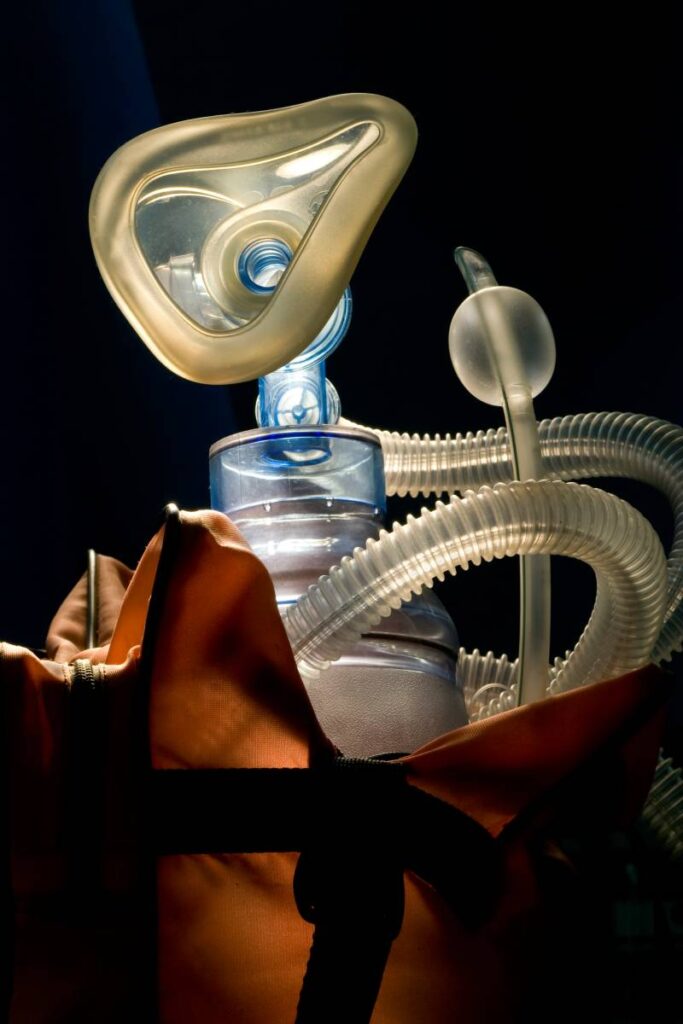Acute respiratory failure due to infection, trauma, or major surgery is one of the most common conditions encountered in intensive care units (ICU), and mechanical ventilation is the mainstay of supportive therapy for such patients. In the U.S., over $1 billion is spent on the management and sedation of critically ill patients in the ICU (1). Sedation is necessary for ethical and therapeutic reasons, as many procedures in the ICU, including mechanical ventilation, are uncomfortable and painful, requiring both anxiolytic and analgesic drugs for patient comfort. For instance, agitated patients can inflict significant damage on themselves and often have increased metabolic needs, thus requiring deep sedation to improve oxygen delivery (1). Unfortunately, providing adequate sedation without oversedation is particularly problematic for patients requiring mechanical ventilation. An overdose of sedatives can lead to respiratory depression, hypoxia, and death. Active control (closed-loop control) of drug delivery systems may prove to be essential for reducing healthcare costs and improving the quality of medical care provided to patients requiring ICU-level sedation.
Thus far, it has been challenging to develop accurate mathematical models for characterizing the dynamic behavior of certain drugs on key physiological variables (heart rate, blood pressure, ventilatory drive) in the ICU (1). Interestingly, control algorithms have been developed, simulated, and implemented for the related problem of closed-loop control of general anesthesia. The first of these has focused on the control of inhalational anesthesia. These algorithms have been shown to provide superior control of general inhalation anesthesia in simulations and animal studies compared to direct clinician control (2). However, they are not directly relevant to the specific problem of ICU sedation since the controlled variable in the OR is end-tidal anesthetic concentration. Additionally, it is currently not possible to rapidly measure the plasma concentration of the intravenously administered drugs commonly used for ICU sedation. Thus, drug concentration is not a viable control variable (2). Furthermore, drug concentration, even if it could be measured rapidly, is not the best control variable for sedated patients in the ICU.
To solve the problem of closed-loop control of sedation in the ICU, new algorithms have been made that use processed electroencephalograph (EEG) or auditory evoked response (AER) signals in the intensive care unit (3). However, the Bispectral Index (BIS) score, which is used to measure a person’s level of consciousness, may rise unnaturally in response to signals that are not coming from the body, such as electrical noise, lights, ventilators, pacemakers, and patient warming systems. The biggest obstacle to using processed EEG for sedation assessment could be that the goal for the critically ill patient is not simply a depressed level of consciousness (1). It must be remembered that the anesthetized patient in the operating room is a different creature from that of the critically ill and injured. Nevertheless, in a subset of critically ill patients, a deeper level of sedation is appropriate, and processed EEG is a plausible control variable in this situation. An alternative performance variable for closed-loop control of sedation involves respiratory parameters, such as work of breathing or patient breath rate (1). These respiratory parameters can be continuously monitored and adjusted to ensure that the patient is receiving the appropriate level of sedation. By incorporating these variables into closed-loop control algorithms, healthcare providers can optimize sedation levels while maintaining the patient’s overall well-being. This approach allows for a more personalized and tailored approach to sedation management in critically ill patients.
References
- Haddad WM, Bailey JM. Closed-loop control for intensive care unit sedation. Best Practice & Research Clinical Anaesthesiology. 2009;23(1):95-114. doi:10.1016/j.bpa.2008.07.007
- Ritchie RG, Ernst EA, Pate BL, Pearson JD, Sheppard LC. Closed-loop control of an anesthesia delivery system: development and animal testing. IEEE Trans Biomed Eng. 1987;34(6):437-443. doi:10.1109/tbme.1987.326078
- Absalom AR, Sutcliffe N, Kenny GN. Closed-loop control of anesthesia using Bispectral index: performance assessment in patients undergoing major orthopedic surgery under combined general and regional anesthesia. Anesthesiology. 2002;96(1):67-73. doi:10.1097/00000542-200201000-00017
